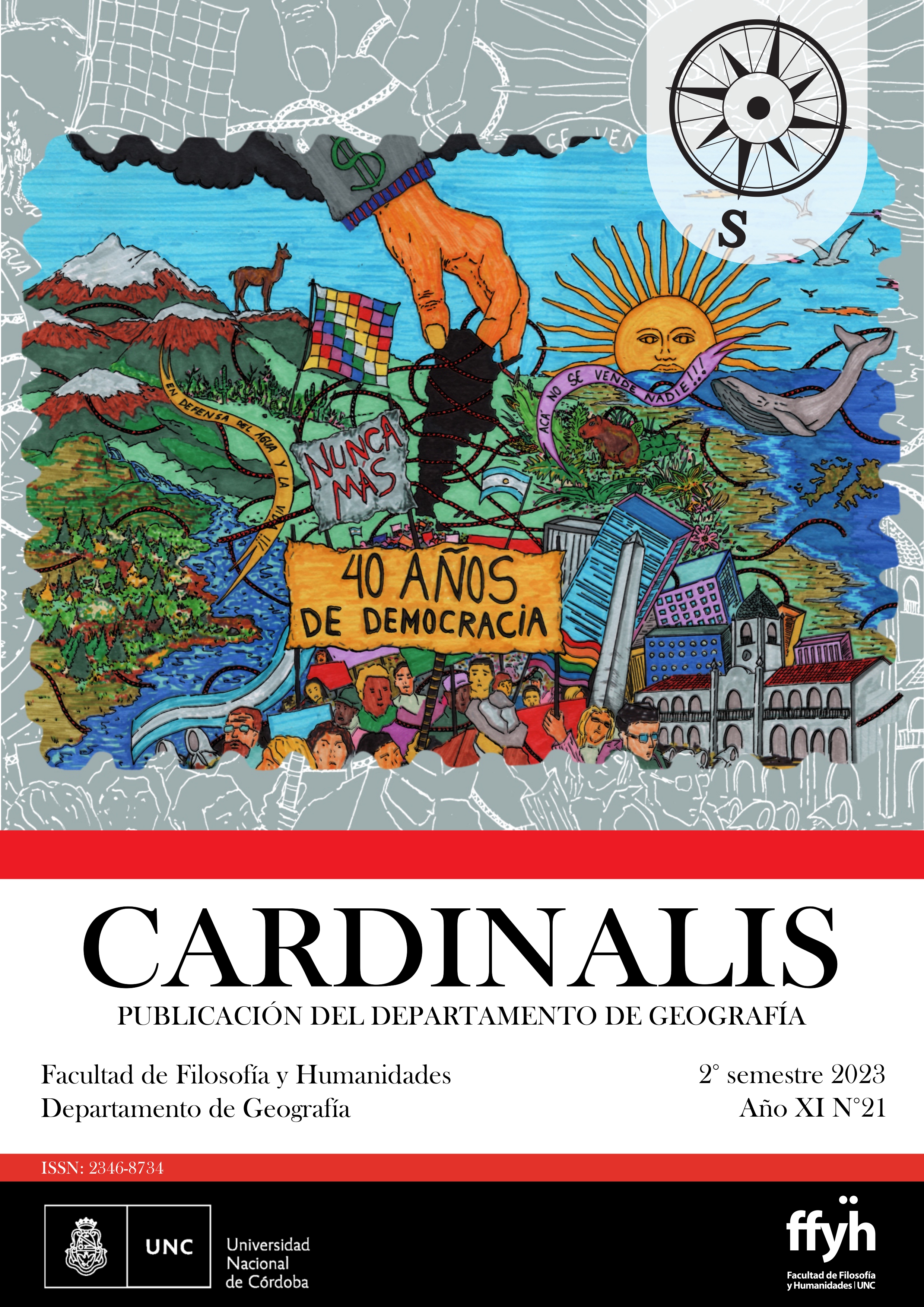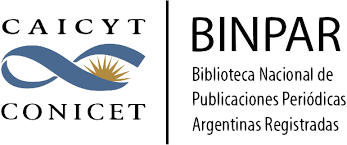Preferences in the use of parks in Bahía Blanca through a geospatial approach
Abstract
The spaces commonly called public green spaces are used by the population for recreation, leisure, social interaction, etc. The city of Bahía Blanca has a great variety of neighborhood squares, varying in dimensions, sizes, and infrastructure, distributed throughout its surface. Additionally, it has parks and linear parks located mainly in the north-central zone, the “Parque de Mayo” and the “Parque Independencia” stand out for their importance, and linear parks that connect various neighborhoods of the city.
The main objective of this study is to identify the sectors where the population of the main parks and linear parks of the city of Bahía Blanca come from, analyzing the factors that affect the decision to opt for these spaces or not. To achieve this, an online survey was carried out and a GIS (Geographic Information Systems) was used for the analysis and management of geospatial data. Simultaneously, the respondents’ behavior concerning the use of neighborhood squares was taken into consideration.
This study succeeded in collecting information that allows us to conclude that “Parque de Mayo”, due to its characteristics, is the most chosen by the population, regardless of age preference. A significant percentage of respondents who visit “Parque de Mayo” do not frequent neighborhood squares; that is the only option of green space for leisure and recreation that they consider when choosing. The concurrence to it from remote sectors of the city, shows the lack of availability in sectors of the periphery of spaces like this.
Downloads
Downloads
Published
Issue
Section
License

This work is licensed under a Creative Commons Attribution-NonCommercial-ShareAlike 4.0 International License.
Aquellos autores/as que tengan publicaciones con esta revista, aceptan los términos siguientes:- Los autores/as conservarán sus derechos de autor y garantizarán a la revista el derecho de primera publicación de su obra, el cuál estará simultáneamente sujeto a la Licencia de reconocimiento de Creative Commons (indicada abajo) que permite a terceros compartir la obra siempre que se indique su autor y su primera publicación esta revista.
- Los autores/as podrán adoptar otros acuerdos de licencia no exclusiva de distribución de la versión de la obra publicada (p. ej.: depositarla en un archivo telemático institucional o publicarla en un volumen monográfico) siempre que se indique la publicación inicial en esta revista.
- Se permite y recomienda a los autores/as difundir su obra a través de Internet (p. ej.: en archivos telemáticos institucionales o en su página web) antes y durante el proceso de envío, lo cual puede producir intercambios interesantes y aumentar las citas de la obra publicada. (Véase El efecto del acceso abierto).

Esta obra está bajo una Licencia Creative Commons Atribución-NoComercial-CompartirIgual 4.0 Internacional.






